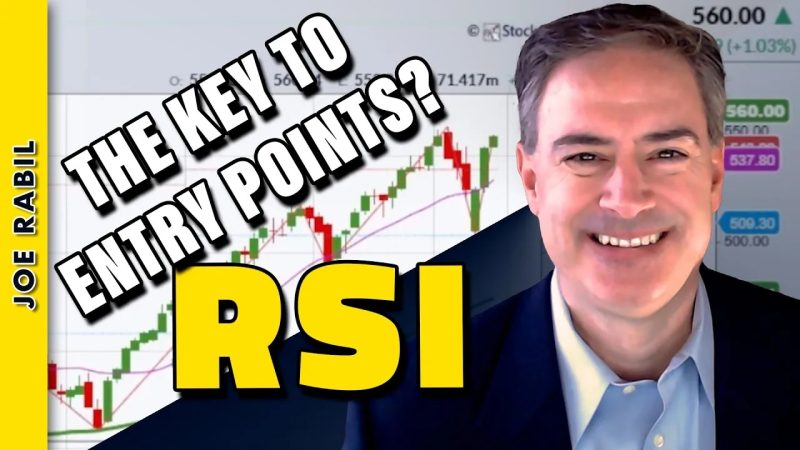Looking for the Next Entry Point in SPY? Use RSI
When it comes to trading, especially in markets as volatile as the stock market, finding the right entry point can be the key to success. One tool that many traders use to help identify potential entry points is the Relative Strength Index, or RSI. In this article, we will explore how RSI can be used to find the next entry point in SPY, the popular exchange-traded fund that tracks the S&P 500 Index.
The Relative Strength Index is a technical indicator that measures the speed and change of price movements. It oscillates between 0 and 100 and is typically used to identify overbought or oversold conditions in a particular asset. When the RSI is above 70, it is considered overbought, indicating that the asset may be due for a price correction. Conversely, when the RSI is below 30, it is considered oversold, suggesting that the asset may be undervalued.
For traders looking to find the next entry point in SPY using RSI, there are a few key strategies to consider. One approach is to wait for the RSI to cross above the 30 level from below, signaling a potential buying opportunity. This is known as a bullish crossover and suggests that the selling pressure may be weakening, leading to a possible price increase.
On the other hand, traders can also look for a bearish crossover when the RSI crosses below the 70 level from above. This could indicate that the buying pressure is weakening, potentially signaling a good time to sell or short the asset.
It is important to note that while RSI can be a valuable tool for identifying potential entry points, it should not be used in isolation. Traders should consider other factors such as market trends, volume, and fundamental analysis before making any trading decisions.
In conclusion, the Relative Strength Index can be a useful tool for traders looking to find the next entry point in SPY. By understanding how RSI works and using it in conjunction with other technical and fundamental analysis, traders can potentially increase their chances of making successful trades in the stock market.
